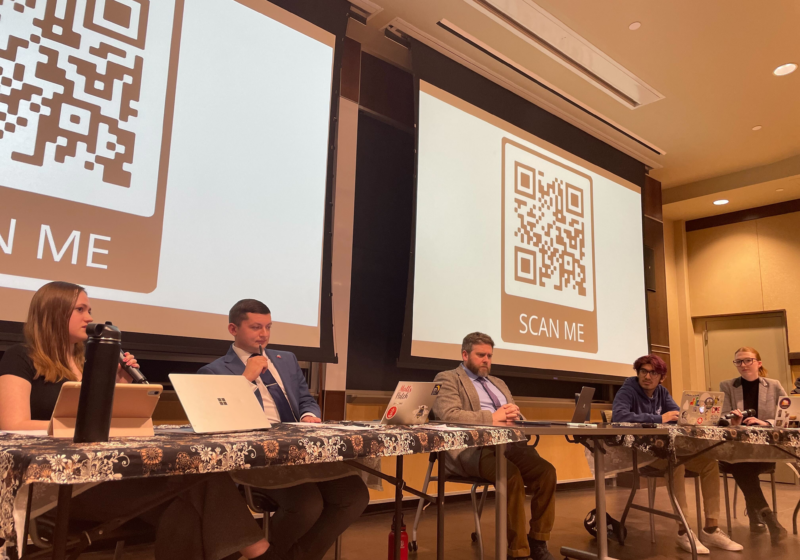I wrote an article in the February 25 issue of the Campus Times regarding the question of whether the University has more living or deceased alumni. Thanks to the assistance of University Archivist Melissa Mead and University Director of Institutional Research Vini Falciano—with information provided by the Office of Advancement—the question has been answered.
In the 166-year history of the University, the College of Arts, Sciences, and Engineering has produced roughly 65,000 alumni. Of those, less than one quarter are deceased, while over three-quarters of all College alumni remain living.
Mead noted that all alumni from classes earlier than 1936 can be safely assumed to be dead, given that a surviving UR alumnus from this era would be over 100 years old. The same can’t be said of more recent years, though, since alumni from 1936 onward could be either dead or alive. At first glance, this appears to tip the balance in favor of deceased alumni.
The answer to this paradox lies in the College’s growing class sizes. The first classes to graduate from UR were tiny by today’s standards. In 1875, the first year that the Commencement Program listed the names of graduating students, the College awarded just 24 degrees. Class sizes remained small through the turn of the twentieth century, with only about 30 students graduating in 1900. So even though the first 76 years of UR history contribute only dead alumni to the total, the large and rapidly-growing classes of the intervening years have come to outweigh them.
It’s important to note that this data only includes alumni from the College. Eastman School students, as well as those from the School of Medicine and Dentistry, School of Nursing, Simon Business School, and the Warner School of Education were left out of the data for simplicity’s sake. But given that these graduate programs started later in the University’s history (the schools of Medicine and Nursing were founded in the 1920s, while the Simon and Warner Schools were not founded until the 1950s), it’s safe to assume that their inclusion would not significantly change the estimate.





